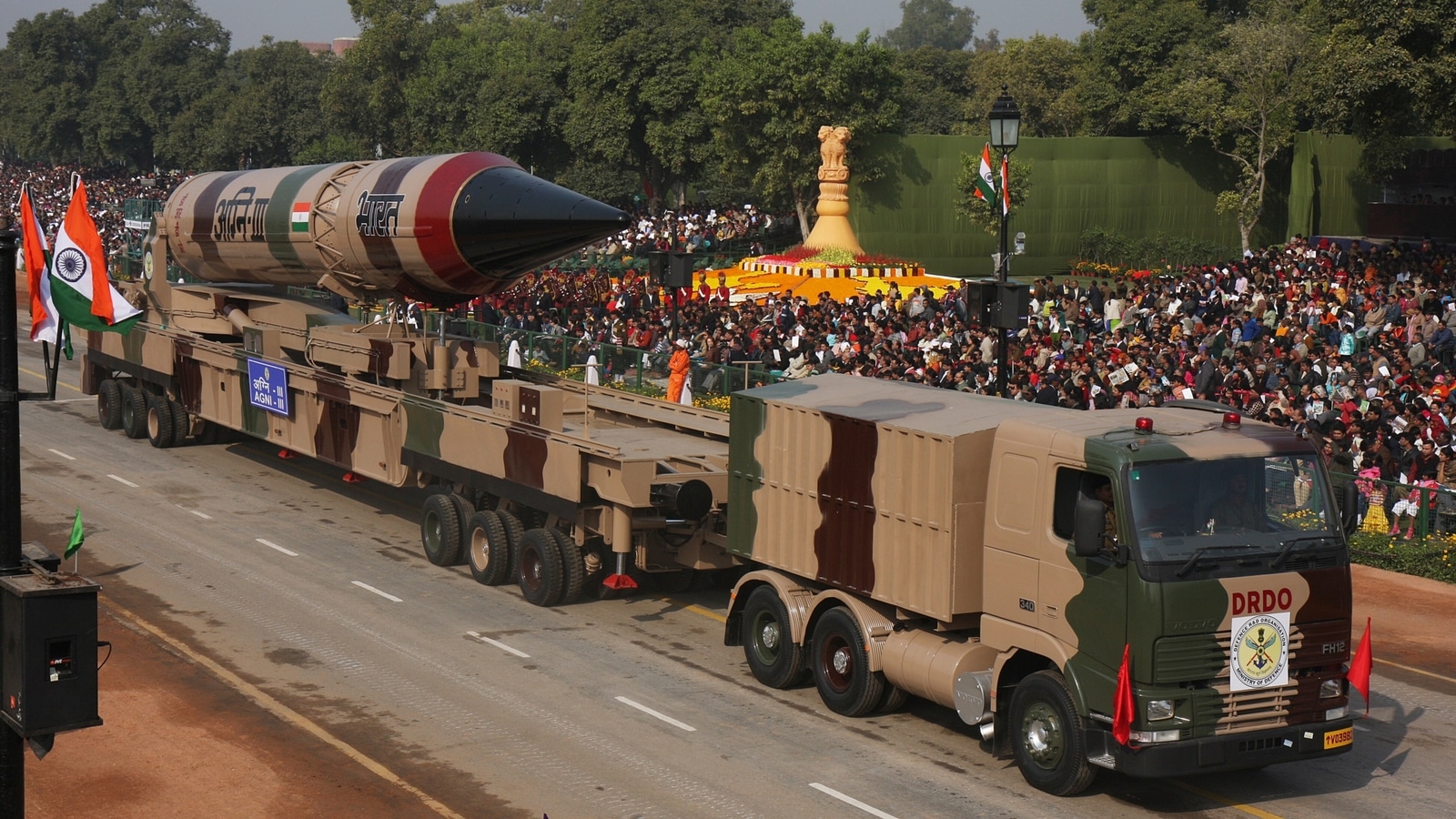Missiles are an essential element of modern warfare and play an important role in determining the outcome of a war. Over the ages, various types of missiles have been developed, each with unique capabilities and designs. Two of the most widely used missiles in modern times are Ballistic missiles and Cruise missiles. Although these two missiles serve the same purpose of delivering a payload to a target, they differ significantly in their design, flight path, and capabilities. In this article, we will dive deep into the world of missiles and explore the key differences, advantages, and disadvantages between ballistic missiles and cruise missiles.
Table of Contents
Ballistic Missiles
Ballistic missiles are rockets that follow a parabolic flight path, travel through the Earth's atmosphere, and reach a high altitude before re-entering the Earth's atmosphere. The term "ballistic" refers to the trajectory of the missile, which is determined by the force of gravity and its velocity. This missile's trajectory is determined at launch and cannot be changed after launch, making it a less flexible alternative to cruise missiles.
Ballistic missiles are usually equipped with a warhead, which detaches from the missile body before re-entering the Earth's atmosphere. Ballistic missiles can be launched from a variety of launcher platforms, including surface, submarine, and aircraft.

1) Advantages of Ballistic Missiles
Ballistic missiles have several advantages over other types of missiles. They are:
A) High Speed-
Ballistic missiles can reach their targets at extremely high speeds, making them less susceptible to interception.
B) Range-
Ballistic missiles have a longer range than other types of missiles, making it possible to easily hit distant targets with ballistic missiles. An Intercontinental ballistic missile (ICBM) has a range of 5,500 km. Contextual Note Russia, the USA, China, France, India, the UK, Israel, and North Korea are known to have ICBM capabilities.
C) Warhead Delivery-
The warhead of a Ballistic Missile is separated from its body before re-entry into the Earth's atmosphere, ensuring that it reaches the target with maximum force.
2) Disadvantages of Ballistic Missiles
Along with the advantages of ballistic missiles, there are several disadvantages, among which are:
A) Rigidity -
Once launched a ballistic missile cannot be altered in any way. It has less maneuverability than cruise missiles.
B) Weakness -
The use of ballistic missiles is risky. Especially during their re-entry phase when they travel at high speed and are easily visible to enemy defense systems.
C) Complexity -
Building ballistic missiles is a complex process. Building and operating such missiles requires a high level of technology and research. As a result, many countries can't build and maintain such missiles.
Cruise Missile
Continue...









